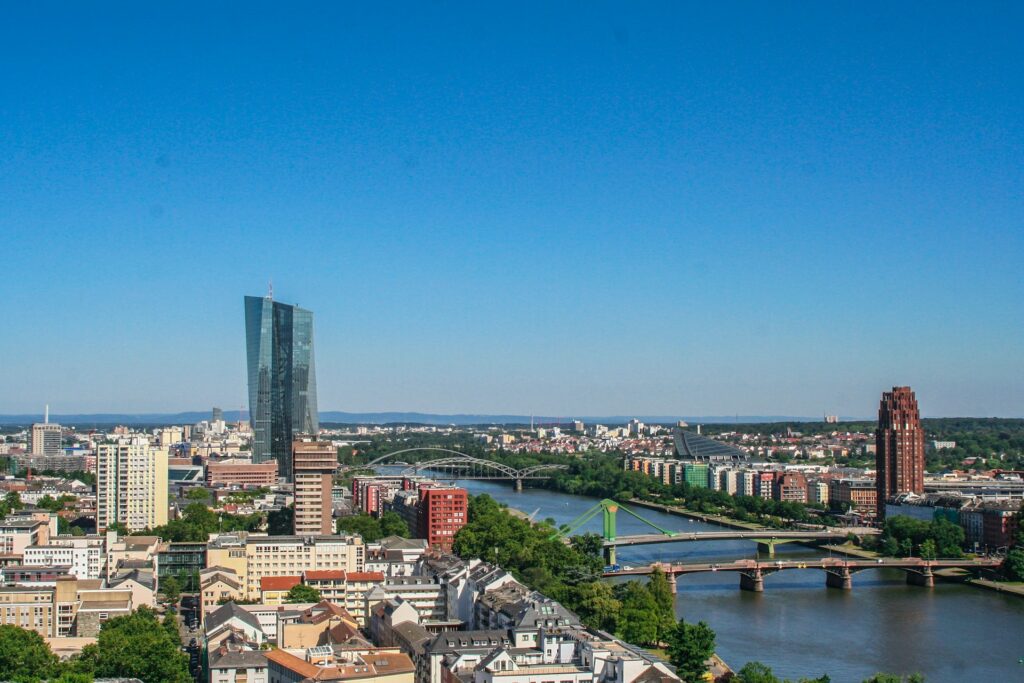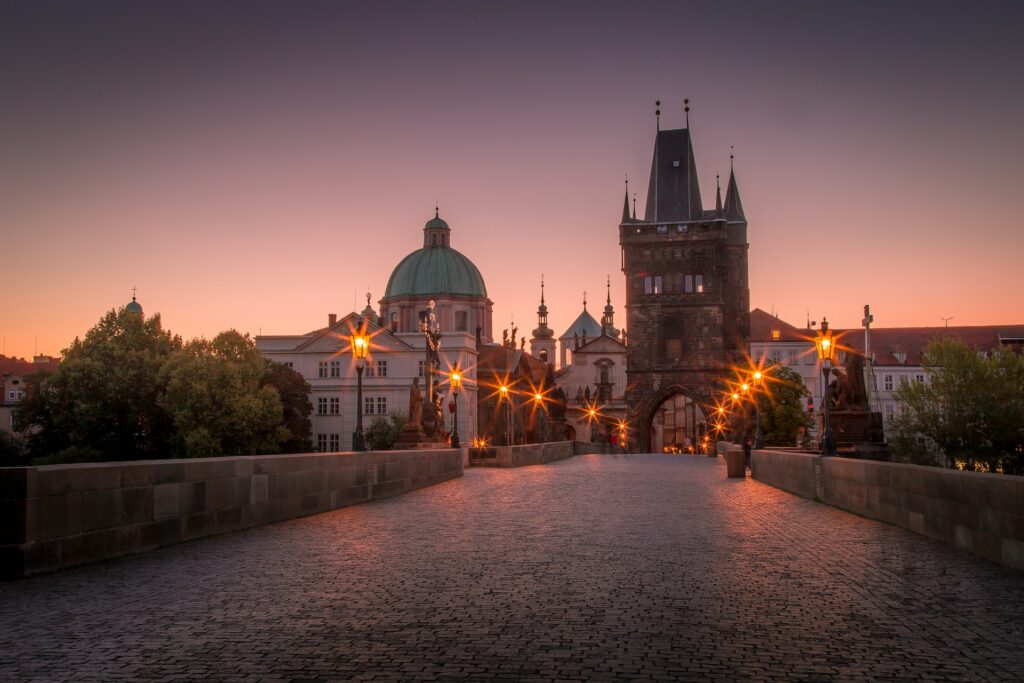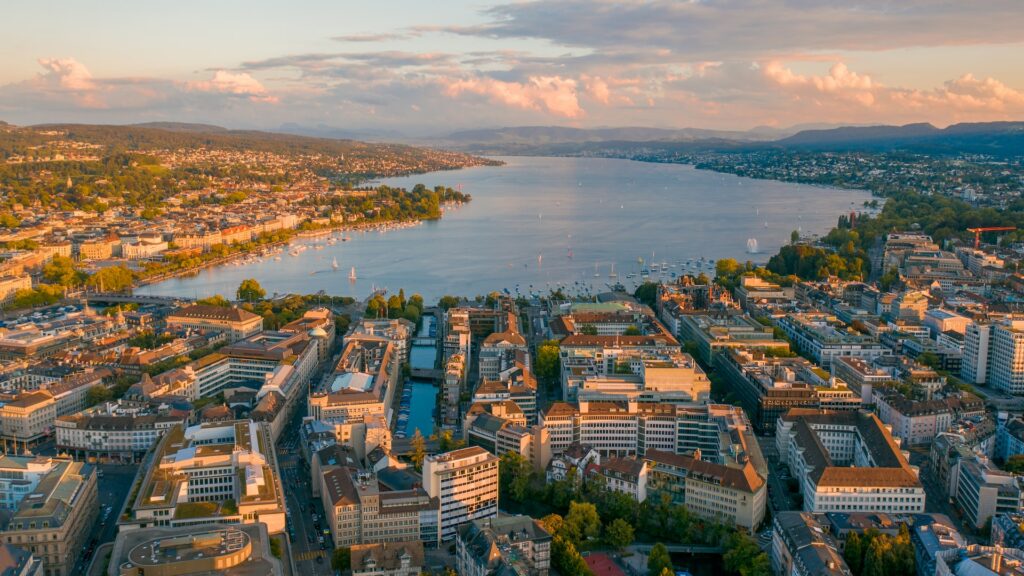Want to travel more sustainably? Why not start by visiting the world’s most sustainable cities and communities! A new study by Uswitch has revealed the top green cities in the world, based on energy sources, public transport, green spaces, pollution, air quality, CO2 emissions, and affordability. Read on to find out which cities have come out on top as the most sustainable in the world.
1. Canberra, Australia
Canberra is the greenest city in the world! The Uswitch study gave the Australian capital a score of 427 out of 600, all thanks to the city’s excellent public transport service, low pollution levels and CO2 emissions, a large percentage of green space, and renewable and sustainable energy sources.
A whopping 88.6% of Canberra’s public transport infrastructure is green, with a network of buses, light rail and bike and e-scooter sharing programs. If you do need to travel by car, the city also has a ride-sharing service so people can travel as groups and reduce the number of cars on the road.
In 2020, Canberra became the first city outside of Europe to be powered by 100% renewable energy. The city runs on solar power and nearby wind farms and they’re also aiming to have a net-zero carbon emission by 2045.
2. Madrid, Spain

The Spanish capital Madrid comes in second with a score of 403 out of 600. The city has made great strides in creating sustainable initiatives, including the protection of green spaces and the use of sustainable energy for transport services.
Madrid has banned polluting diesel vehicles from the city centre to improve air quality and meet its nitrogen reduction goals. Instead of using cars, residents are encouraged to use the extensive bicycle-sharing network or hop on the electric-powered buses. The city is also working to expand and restore gardens and parks. They’re even building a green wall around the city, along with a 75-kilometre forest with around half a million trees.
3. Brisbane, Australia
If you’re looking for the most sustainable cities in the world, head to Australia! The riverside city of Brisbane came in third, thanks to its low pollution rates, excellent public transport infrastructure, and the use of solar power energy.
Brisbane is also committed to protecting and preserving a large expanse of natural habitats filled with native plants and wildlife. They’ve set a goal of having natural habitats make up 40% of mainland Brisbane by 2031.
4. Dubai, United Arab Emirates

While Dubai is one of the fastest-growing cities in the world, it’s also making big leaps toward sustainable development and living. It came in fourth thanks to its extensive public transport network, a large number of green spaces, great air quality, and use of renewable energy.
The city also has a housing development called ‘Sustainable City’, which recycles all its water and waste and produces more energy than it uses. For the rest of the city, Dubai aims to get 75% of its energy from renewable sources by 2050.
5. Copenhagen, Denmark
Denmark’s capital has long been famed as one of the most sustainable cities in the world – and now it’s officially ranked as the fifth most sustainable city. Copenhagen has some ambitious sustainability goals and is set to become the first CO2-neutral city by 2025.
Most Copenhagen residents are on board with the goal too. More people use bicycles than cars to get around, with only 29% of households owning a car. Roads are specifically built for biking, while electric bikes are sold at a low price. The city also has hydrogen-powered taxis, their buses run on electric energy, and their public water taxis are solar and electric powered.
They eat greener too with organic produce making up 24% of total food sales in the city, and 88% of the food served in public organisations. Most restaurants sell organic food, while two-thirds of their hotels are eco-certified meaning they follow the top standards for sustainable design, energy and food.
Copenhagen even likes to make sustainability fun, as one of their waste-to-energy power plants has an artificial ski slope on its roof that is open year-round. They also have vending machines where you can deposit recyclable materials and receive a cash bonus.
6. Frankfurt, Germany

In 2000, Frankfurt made a commitment to become one of the most sustainable cities in the world – and it’s making good on its promise. They’re on track to cut their CO2 emissions by 50% by 2030 through several initiatives. They’re creating a giant solar panel grid in the city, with nearly 3,000 m² of solar panels and are dedicated to preserving green spaces in the city, with greenery making up around one-third of the city’s urban area.
The city has even created a Green Belt around the city, with around 200,000 trees that produce more oxygen and reduce CO2 in the atmosphere. They’re also preserving native bees and the region’s biodiversity, with many locations across the city housing beehives on their rooftops, including hotels like The Jumeirah.
7. Hamburg, Germany
Germany has two cities battling it out for the title of ‘most sustainable’. Hamburg wants to become the greenest city in Europe – and it’s already the 7th most sustainable city in the world. It’s famed for its extensive greenery with a green network of parks, gardens and wildlife corridors covering 40% of the city. It’s aiming to make it possible to explore Hamburg entirely on bike or foot in a beautiful, green environment.
Hamburg also has an excellent public transport system, with almost all residents living within 300 metres of public transport. The city has also banned plastic bottles and disposable coffee capsules in public offices and has built a winder power station to fuel the city.
8. Prague, Czech Republic

Prague is making leaps and bound toward sustainability and are on track to meet their goal to reduce CO2 emissions by 45% by 2030 and eliminate them entirely by 2050. So how are they doing it? While they’ve already got a large number of green spaces, they’re working on an eight-year plan to plant one million new trees. The city also has a great waste recycling system, with less than 10% of waste ending up in landfill.
Prague has introduced electric-powered buses and you can get around the city with their bike-sharing program. The city even has a fantastic beekeeping initiative, with many homes and businesses housing beehives. Prague airport also has beehives and the honey collected from them is used to examine the equality of the environment around the airport. It’s known as ‘Czech honey’ and has even won several awards!
9. Abu Dhabi, United Arab Emirates
The UAE scores another city in the top ten, with Abu Dhabi coming in 9th place. The city is a hub for clean-tech companies and green spaces, and it’s largely powered by solar energy and other renewable energy sources.
The city launched a policy in 2020 to reduce the use of single-use plastics and encourage companies to switch to sustainable packaging solutions like corrugated cardboard. Abu Dhabi is also part of the Middle East Fashion Council (MEFC), to encourage sustainability in the fashion industry, one of the biggest polluters in the world.
10. Zurich, Switzerland

Zurich rounds out the top ten most sustainable cities in the world and it’s earned its spot! The Swiss city is an eco-friendly oasis, with 80% of its electricity coming from renewable energy sources. Plus, over 40% of the city’s waste gets recycled and over 70% of its hotels are sustainable-certified.
Zurich also has an excellent public transport system and bikes are offered all over the city to use for free. If you do hop on a bike, you’ll find plenty of dedicated cycling roads and car-free roads. And don’t forget to take a break in one of the many green spaces all over this eco-friendly city.
Are you part of any sustainability projects or communities? Let us know in the comments below!










Join the Discussion
Type out your comment here:
You must be logged in to post a comment.